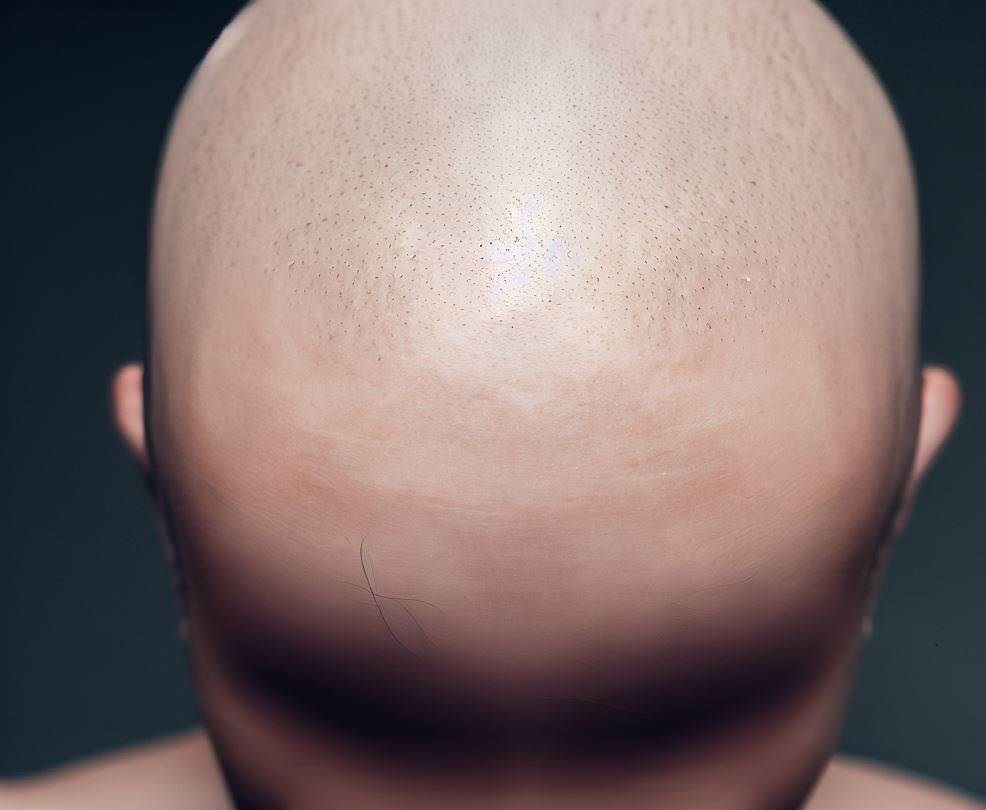Alopecia universalis (AU) is the most severe form of alopecia areata, a condition that results in hair loss. In contrast to the patchy hair loss seen in alopecia areata or the complete scalp hair loss in alopecia totalis, alopecia universalis results in hair loss across the entire body. It’s a condition that can be emotionally distressing and presents challenges in its management. This article will delve into the facets of alopecia universalis, including its causes, symptoms, and the potential effectiveness of treatments like minoxidil and finasteride.
Understanding Alopecia Universalis
Alopecia universalis is an autoimmune disorder. The immune system, which typically defends the body against harmful invaders like bacteria and viruses, mistakenly targets and attacks the hair follicles, resulting in hair loss.
The exact cause of AU remains elusive, several factors contribute to its onset:
- Autoimmune Reaction: The immune system’s erroneous targeting of hair follicles is a central feature of AU.
- Genetics: Individuals with a family history of alopecia are more likely to develop the condition.
- Other Autoimmune Disorders: Some people with AU also have other autoimmune disorders, such as thyroid disease or vitiligo.
Symptoms
The primary symptom of alopecia universalis is complete hair loss across the body, including:
- Scalp: you can observe total baldness.
- Face: Loss of eyebrows, eyelashes, and facial hair.
- Body: Loss of pubic, underarm, chest, and leg hair.
The skin where the hair has been lost remains smooth and unscarred.
Treatment Approaches for Alopecia Universalis
While no treatment is universally effective for AU, several strategies aim to promote hair growth or mask the effects of hair loss:
- Corticosteroids: These drugs suppress the immune system and can you find them as creams, injections, or oral medications.
- Immunotherapy: This involves applying chemicals like diphencyprone (DPCP) to induce an allergic reaction. The intent is to redirect the immune response away from the hair follicles.
- Topical Immunomodulators: Agents like tacrolimus or pimecrolimus may be tried, although their efficacy in AU is limited.
- Wigs and Hairpieces: For many with AU, wigs or hairpieces can be an essential tool for coping with the aesthetic implications of the disease.
The Role of Minoxidil and Finasteride in Alopecia Universalis
Minoxidil: Primarily recognized for its effectiveness in androgenic alopecia, minoxidil works by prolonging the growth phase of hair and stimulating hair follicles. While there’s anecdotal evidence of minoxidil promoting hair growth in alopecia areata, its efficacy in alopecia universalis is less established. It might offer some benefit, particularly in early stages or in combination with other treatments, but is not a primary treatment for AU.
Finasteride: Finasteride functions by inhibiting the enzyme 5-alpha reductase, responsible for converting testosterone to dihydrotestosterone (DHT), a hormone implicated in hair follicle miniaturization in androgenic alopecia. However, since the primary mechanism of AU is immune-related rather than hormonal, finasteride’s role is limited. Some clinicians might use it as an adjunct in cases where there’s a suspected overlap of androgenic alopecia and AU, but it’s not a frontline treatment for alopecia universalis.










